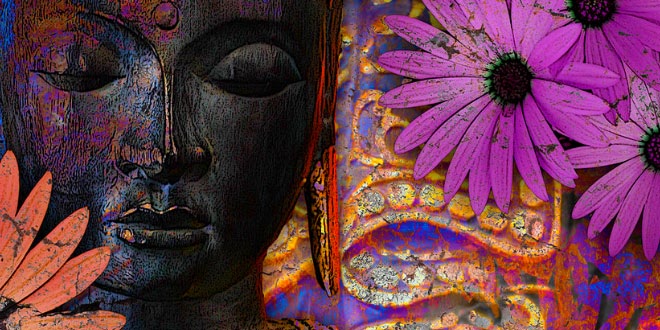Buddha’s teaching about caste and colour: There is no division of caste and colour in Buddhism. In some country, the caste system is a very important social structure. However, Buddhism is free from caste, racial, and gender prejudices. Everyone is equal in spiritual potential.
Buddha’s teaching about caste and colour
The Buddha explained that a man’s virtues or vices depend on his deeds, not his birth or wealth. One who comes to be ordained in Buddhism has equal rights such as the right to vote in meetings. The only difference is the order of seniority which goes according to the precedence in ordination.
Buddhism lays stress on human equality by pointing to the importance of knowledge and good conduct. The Lord Buddha taught that one who is endowed with knowledge and good conduct is excellent among divine and human beings.
Buddhism originated in India, based on the teachings, of Siddhartha Gautama, later known as Gautama Buddha. A Buddha is one who is said to be awake to the truth of life.
Over the centuries his teachings spread from India to Central Asia, Tibet, Sri Lanka, Southeast Asia, China, Mongolia, Korea, Japan, and now Europe and North and South America. Theravada Buddhism is most common in South Asia; Mahayana further north. Buddhism exists in many different strands today, but all schools and sects share basic ideas. About seven percent of the people of the world are Buddhist.
While many people see Buddhism as a religion, others see it as a philosophy, and others as a way of finding reality.
 Kids Portal For Parents India Kids Network
Kids Portal For Parents India Kids Network







